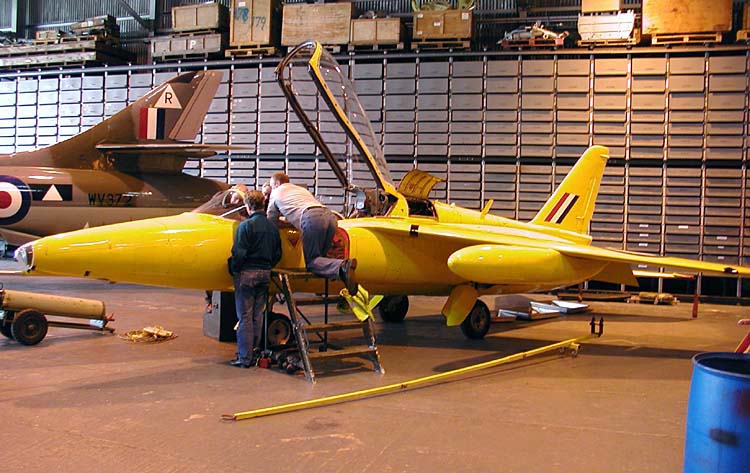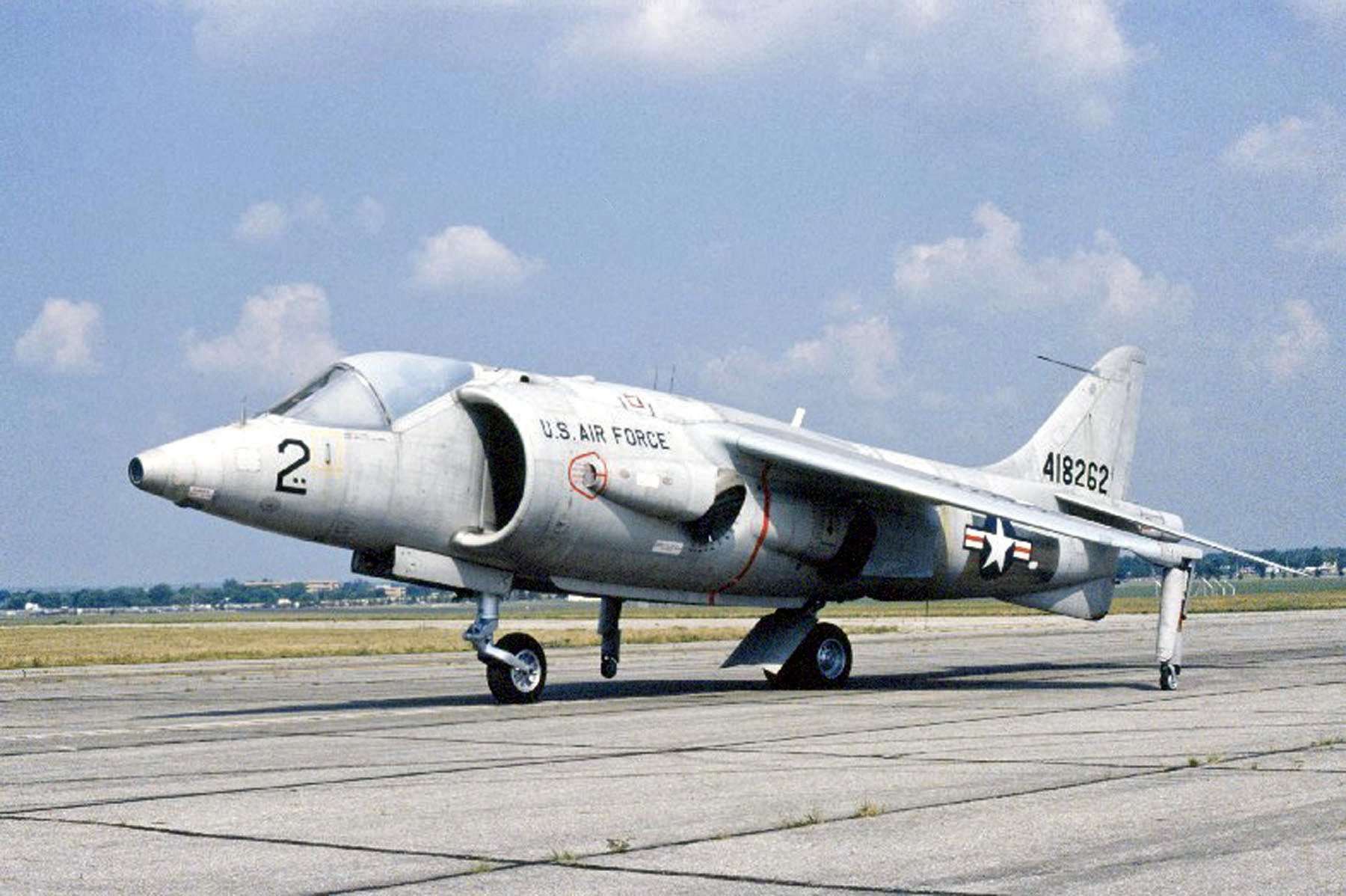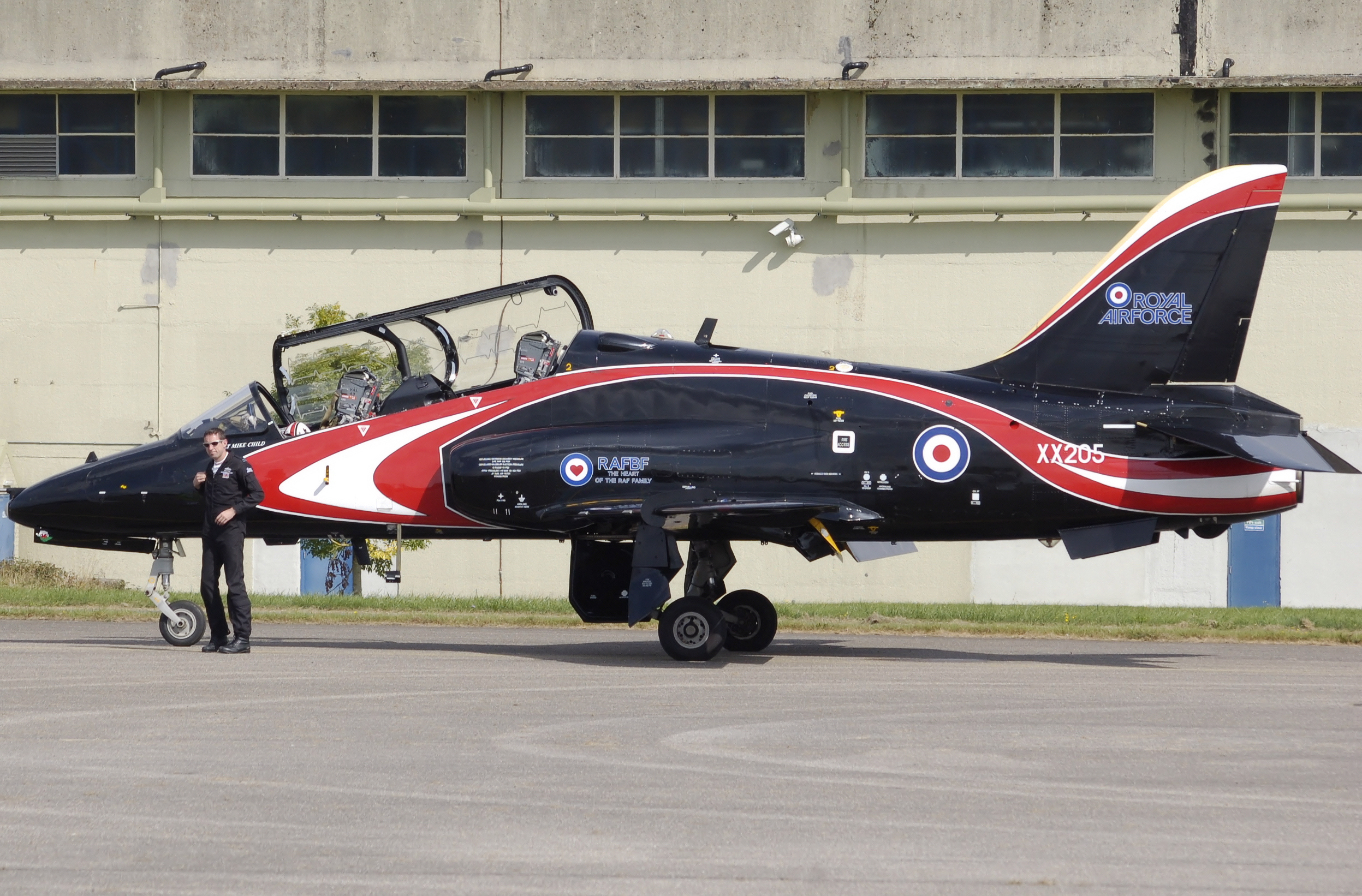|
Folland Aircraft
Folland Aircraft was a British aircraft manufacturing company which was active between 1937 and 1963. History British Marine Aircraft Limited was formed in February 1936 to produce Sikorsky S-42-A flying boats under licence in the UK. The company built a factory on the western side of the Hamble peninsula with a slipway to Southampton Water. The construction of one Sikorsky based aircraft was started at Hamble, however the company ran out of money and liquidators were appointed. Mergers with other British aircraft companies were considered, including one with Westland Aircraft, but none was followed up.Fagan, Dave. 'Hamble' ''Aviation in Hampshire UK 1900 to 2000'' Retrieved 20 May 2005 In 1937 |
RAF Valley
Royal Air Force Valley or more simply RAF Valley ( cy, Llu Awyr Brenhinol Y Fali) is a Royal Air Force station on the island of Anglesey, Wales, and which is also used as Anglesey Airport. It provides both basic and advanced fast-jet training using the Texan T1 and Hawk T2 and provides mountain and maritime training for aircrew using the Jupiter T1 helicopter. History World War Two The airfield was constructed in the latter part of 1940 and opened for operations on 1 February 1941 as a Fighter Sector Station under No. 9 Group RAF with the task of providing defence cover for England's industrial north-west and shipping in the Irish Sea. Initial detachments were made by Hawker Hurricanes of 312 and 615 Squadrons. A detachment of Bristol Beaufighters of 219 Squadron provided night fighter cover. No. 456 Squadron Royal Australian Air Force (RAAF) formed at Valley on 30 June 1941 and became operational on 5 September flying Boulton Paul Defiants. By November the squadron ha ... [...More Info...] [...Related Items...] OR: [Wikipedia] [Google] [Baidu] |
Westland Lysander
The Westland Lysander is a British army co-operation and liaison aircraft produced by Westland Aircraft that was used immediately before and during the Second World War. After becoming obsolete in the army co-operation role, the aircraft's short-field performance enabled clandestine missions using small, improvised airstrips behind enemy lines to place or recover agents, particularly in occupied France with the help of the French Resistance. Royal Air Force army co-operation aircraft were named after mythical or historical military leaders; in this case the Spartan admiral Lysander was chosen. Design and development In 1934 the Air Ministry issued Specification A.39/34 for an army co-operation aircraft to replace the Hawker Hector. Initially Hawker Aircraft, Avro and Bristol were invited to submit designs, but after some debate within the Ministry, a submission from Westland was invited as well. The Westland design, internally designated P. 8, was the work of Arthur ... [...More Info...] [...Related Items...] OR: [Wikipedia] [Google] [Baidu] |
Folland Sports F
{{surname ...
Folland is a surname. Notable people with the surname include: *Alison Folland (born 1978), American actress and filmmaker *Gerald Folland (born 1947), American mathematician *Henry Folland (1889–1954), British aviation engineer and aircraft designer * Leah Norah Folland (1874–1957), British educationalist, philanthropist and politician * Michael Fleming Folland (1949–1969), United States Army soldier * Neil Folland (born 1960), British cricketer * Nicholas Folland (born 1967), Australian artist and arts educator * Nick Folland (born 1963), British cricketer * Rob Folland (born 1979), British footballer See also *Folland Aircraft Folland Aircraft was a British aircraft manufacturing company which was active between 1937 and 1963. History British Marine Aircraft Limited was formed in February 1936 to produce Sikorsky S-42-A flying boats under licence in the UK. The ... [...More Info...] [...Related Items...] OR: [Wikipedia] [Google] [Baidu] |
Ground Effect Research Machine
Ground may refer to: Geology * Land, the surface of the Earth not covered by water * Soil, a mixture of clay, sand and organic matter present on the surface of the Earth Electricity * Ground (electricity), the reference point in an electrical circuit from which voltages are measured * Earthing system, part of an electrical installation that connects with the Earth's conductive surface * Ground and neutral, closely related terms Law * Ground (often grounds), in law, a rational motive or basis for a belief, conviction, or action taken, such as a legal action or argument: * Grounds for divorce, regulations specifying the circumstances under which a person will be granted a divorce Music * ''Ground'' (album), the second album by the Nels Cline Trio * "Ground" (song), one of the songs in the debut album of the Filipino rock band Rivermaya * Ground bass, in music, a bass part that continually repeats, while the melody and harmony over it change * ''The Ground'', a 2005 album by Nor ... [...More Info...] [...Related Items...] OR: [Wikipedia] [Google] [Baidu] |
Red Dean
Red Dean, a rainbow code name, was a large air-to-air missile developed for the Royal Air Force during the 1950s. Originally planned to use an active radar seeker to offer all-aspect performance and true fire-and-forget engagements, the valve-based electronics demanded a missile of prodigious size. Folland Aircraft won the development contract in February 1950 to arm the Gloster Meteor, weighing in at about estimated . After some initial progress, chief engineer Teddy Petter seemed uninterested in pursuing the design and the contract was cancelled in November 1951. In July 1952 it was picked up by Vickers, who had already experimented with a number of large missiles. Their design was too large for Meteor, so it was instead designed for the emerging Gloster Javelin. Problems with the General Electric Company (GEC) X-band seeker led to the missile having to be enlarged several times, eventually reaching a massive , which made it too heavy for the Javelin. The weapon was then se ... [...More Info...] [...Related Items...] OR: [Wikipedia] [Google] [Baidu] |
Hawker Siddeley Hawk
Hawks are birds of prey of the family Accipitridae. They are widely distributed and are found on all continents except Antarctica. * The subfamily Accipitrinae includes goshawks, sparrowhawks, sharp-shinned hawks and others. This subfamily are mainly woodland birds with long tails and high visual acuity. They hunt by dashing suddenly from a concealed perch. * In America, members of the ''Buteo'' group are also called hawks; this group is called buzzards in other parts of the world. Generally, buteos have broad wings and sturdy builds. They are relatively larger-winged, shorter-tailed and fly further distances in open areas than accipiters. Buteos descend or pounce on their prey rather than hunting in a fast horizontal pursuit. The terms ''accipitrine hawk'' and ''buteonine hawk'' are used to distinguish between the types in regions where ''hawk'' applies to both. The term ''"true hawk"'' is sometimes used for the accipitrine hawks in regions where ''buzzard'' is preferred ... [...More Info...] [...Related Items...] OR: [Wikipedia] [Google] [Baidu] |
Hawker Siddeley Harrier
The Hawker Siddeley Harrier is a British military aircraft. It was the first of the Harrier series of aircraft and was developed in the 1960s as the first operational ground attack and reconnaissance aircraft with vertical/short takeoff and landing (V/STOL) capabilities and the only truly successful V/STOL design of that era. The Harrier was developed directly from the Hawker Siddeley Kestrel prototype aircraft, following the cancellation of a more advanced supersonic aircraft, the Hawker Siddeley P.1154. In the late 1960s, the Harrier GR.1 and GR.3 variants were ordered by the British government for the Royal Air Force (RAF). It was exported to the United States as the AV-8A, for use by the US Marine Corps (USMC), in the 1970s. During the Harrier's service the RAF positioned the bulk of the aircraft in West Germany to defend against a potential invasion of Western Europe by the Warsaw Pact forces; the unique abilities of the Harrier allowed the RAF to disperse their forces a ... [...More Info...] [...Related Items...] OR: [Wikipedia] [Google] [Baidu] |
British Aerospace
British Aerospace plc (BAe) was a British aircraft, munitions and defence-systems manufacturer. Its head office was at Warwick House in the Farnborough Aerospace Centre in Farnborough, Hampshire. Formed in 1977, in 1999 it purchased Marconi Electronic Systems, the defence electronics and naval shipbuilding subsidiary of the General Electric Company plc, to form BAE Systems. History Formation and privatisation The company has its origins in the Aircraft and Shipbuilding Industries Act 1977, which called for the nationalisation and merger of the British Aircraft Corporation, Hawker Siddeley Aviation, Hawker Siddeley Dynamics and Scottish Aviation. On 29 April 1977, the new entity was formed in the United Kingdom as a statutory corporation. Under the provisions of the ''British Aerospace Act 1980'' on 1 January the statutory corporation was transferred to a limited company, which then re-registered as a public limited company (plc), under the name "British Aerospace Public Li ... [...More Info...] [...Related Items...] OR: [Wikipedia] [Google] [Baidu] |
Hawker Siddeley
Hawker Siddeley was a group of British manufacturing companies engaged in aircraft production. Hawker Siddeley combined the legacies of several British aircraft manufacturers, emerging through a series of mergers and acquisitions as one of only two such major British companies in the 1960s. In 1977, Hawker Siddeley became a founding component of the nationalised British Aerospace (BAe). Hawker Siddeley also operated in other industrial markets, such as locomotive building (through its ownership of Brush Traction) and diesel engine manufacture (through its ownership of Lister Petter). The company was once a constituent of the FTSE 100 Index. History Origins Hawker Siddeley Aircraft was formed in 1935 as a result of the purchase by Hawker Aircraft of the companies of J. D. Siddeley, the automotive and engine builder Armstrong Siddeley and the aircraft manufacturer Armstrong Whitworth Aircraft. [...More Info...] [...Related Items...] OR: [Wikipedia] [Google] [Baidu] |
RAF Chilbolton
Royal Air Force Chilbolton or RAF Chilbolton was a Royal Air Force station in Hampshire, England. The airfield was located in Chilbolton approximately south-southeast of Andover, about southwest of London Opened in 1940, it was used by the Royal Air Force and later by the United States Army Air Forces. During the war it was used primarily as a troop carrier airfield for parachutists. After the war it was used for military jet aircraft training before closing as an RAF station in 1946, although it was then used until the early 1960s by the Vickers-Supermarine and Folland aircraft companies for flight testing and development flying. Today the remains of the airfield are located on private property, being used as agricultural fields. History Royal Air Force use RAF Chilbolton was opened in September 1940 as a satellite of RAF Middle Wallop and was used as a relief landing ground. At first it was developed piecemeal with the addition of the necessary facilities that took i ... [...More Info...] [...Related Items...] OR: [Wikipedia] [Google] [Baidu] |
Folland Gnat
The Folland Gnat is a British compact swept-wing subsonic fighter aircraft that was developed and produced by Folland Aircraft. Envisioned as an affordable light fighter in contrast to the rising cost and size of typical combat aircraft, it was procured as a trainer aircraft for the Royal Air Force (RAF) as well as by export customers, who used the Gnat in both combat and training capacities. Designed by W. E. W. Petter, the Gnat has its origins in the preceding private venture Folland Midge. The issuing of Operational Requirement OR.303 by the British Air Ministry served to motivate the type's development; the Gnat was later submitted to meet this requirement. Its design allowed for its construction and maintenance tasks to be carried out without specialised tools, making it suitable for use in countries that had not yet become highly industrialised.Taylor 1969, p. 365. The Gnat has been viewed as a major motivating factor towards the issuing of the NATO NBMR-1 requirement, ... [...More Info...] [...Related Items...] OR: [Wikipedia] [Google] [Baidu] |
Folland Midge
The Folland Midge was a small, swept-wing British subsonic light fighter aircraft prototype originally developed as a concept demonstrator for the successful Folland Gnat. Design and development The Midge and Gnat were the creation of W.E.W. "Teddy" Petter, a British aircraft designer who had gained wide recognition for his design of the English Electric Canberra bomber and Lightning supersonic interceptor. Petter had grown suspicious of the trend towards bigger and more expensive combat aircraft, and he felt that a small, simple fighter would offer the advantages of low purchase and operational costs. New lightweight turbojet engines were being developed that would be able to power such small fighters.The Folland Gnat / HAL Ajeet , Greg Goebel's Vectorsite. Petter was unable to pursue this vision at [...More Info...] [...Related Items...] OR: [Wikipedia] [Google] [Baidu] |





